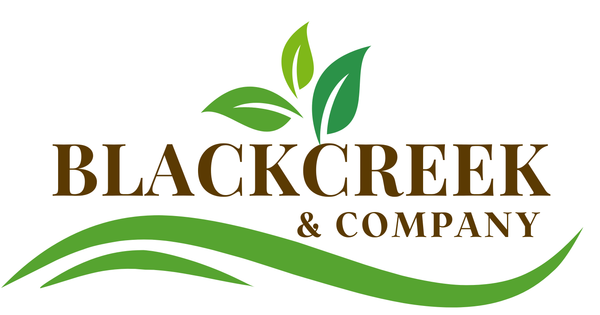
Crafting an Herbal Balm & Salve
Share

I’ve been making herbal salves for a while, and it’s one of my favorite ways to turn garden harvests into something useful year-round. There’s something grounding about taking dried herbs, infusing them into oil, and blending them into a balm that can soothe, protect, and heal. Whether I’m making a calendula salve for chapped hands, a rosemary rub for tired muscles, or a lavender blend for everyday use, I love knowing that I’m creating something simple yet powerful. Salves carry the heart of herbalism — putting nature’s gifts to work in everyday life. Debbie Odom
Salves vs. Balms: What’s the Difference?
The terms are often used interchangeably, but there are subtle differences:
Salve – Softer, more spreadable. Made from infused oil and a smaller amount of beeswax. Melts easily into the skin, making it ideal for healing and soothing applications like cuts, scrapes, and dry skin.
Balm – Firmer, more solid. Contains a higher beeswax-to-oil ratio and may include butters like shea or cocoa. Creates a longer-lasting protective barrier on the skin. Perfect for lip care, muscle rubs, or solid perfumes.
💡 Think of it this way: A salve sinks in to heal; a balm stays on to protect.
Why Dried Herbs Are Best
It’s tempting to use fresh herbs straight from the garden, but fresh is not always better for oil-based products.
Moisture Means Mold – Fresh herbs contain water, which can cause bacteria or mold to grow in your oil.
Oil and Water Don’t Mix – Any water left in the oil will separate and sink, risking spoilage.
Shelf Life Suffers – Fresh-herb salves last 6–12 months, while dried-herb salves can last 12–18 months or more.
Bottom line: Drying your herbs before making a salve produces a safer, more stable, and longer-lasting product.
Choosing Your Herbs
You can make a single-herb salve or blend plants for combined benefits. Here are a few favorites:
Calendula – Skin-soothing and gentle enough for children.
Comfrey – Supports skin repair; great for bruises and scrapes.
Rosemary – Warming, stimulating, and promotes circulation.
Lavender – Calming aroma with mild antiseptic qualities.
Yarrow – Traditionally used to support wound healing and reduce inflammation.
What You’ll Need
1 cup dried herbs (crumbled)
2 cups carrier oil (olive, sunflower, jojoba, or a blend)
1 oz (28 g) beeswax pellets for a firm salve/balm, or ¾ oz (21 g) for a softer salve
Heatproof glass jar or bowl
Double boiler or slow cooker
Cheesecloth or fine-mesh strainer
Clean, dry tins or jars with lids
Optional: vitamin E oil (natural preservative) and essential oils for scent
Step 1: Infuse the Oil
Choose between two infusion methods:
Low-Heat Method (Quick)
Place dried herbs in a heatproof jar or bowl.
Cover completely with oil.
Set in a double boiler or slow cooker on the lowest setting.
Keep temperature around 100–110°F (38–43°C) and infuse for 3–5 hours, stirring occasionally.
Cold-Infusion Method (Slow)
Fill a jar halfway with dried herbs.
Cover with oil and cap tightly.
Store in a cool, dark place for 4–6 weeks, shaking every few days.
Step 2: Strain the Oil
Strain through cheesecloth into a clean, dry container.
Squeeze gently to extract all oil.
Let sit — if water or sediment settles, pour off clear oil and discard residue.
Step 3: Make Your Salve or Balm
Measure your infused oil.
Add beeswax:
Salve: ¾ oz (21 g) beeswax per cup of oil
Balm: 1 oz (28 g) beeswax per cup of oil (or more for extra firmness)
Melt oil and beeswax together in a double boiler.
Test consistency by dropping a small amount on a cold plate. Adjust with more wax or oil if needed.
Remove from heat and add vitamin E or essential oils, stirring well.
Step 4: Pour and Store
Pour warm mixture into tins or jars.
Let cool fully before capping to prevent condensation.
Store in a cool, dark place.
Shelf Life:
Dried-herb salves/balms: 12–18 months
Discard if smell, color, or texture changes.
Final Tips
Label each batch with name, ingredients, and date made.
Keep herbs fully dry before infusion for safety.
Try blends: Calendula + Lavender for an all-purpose skin salve, or Rosemary + Comfrey for a muscle rub.
